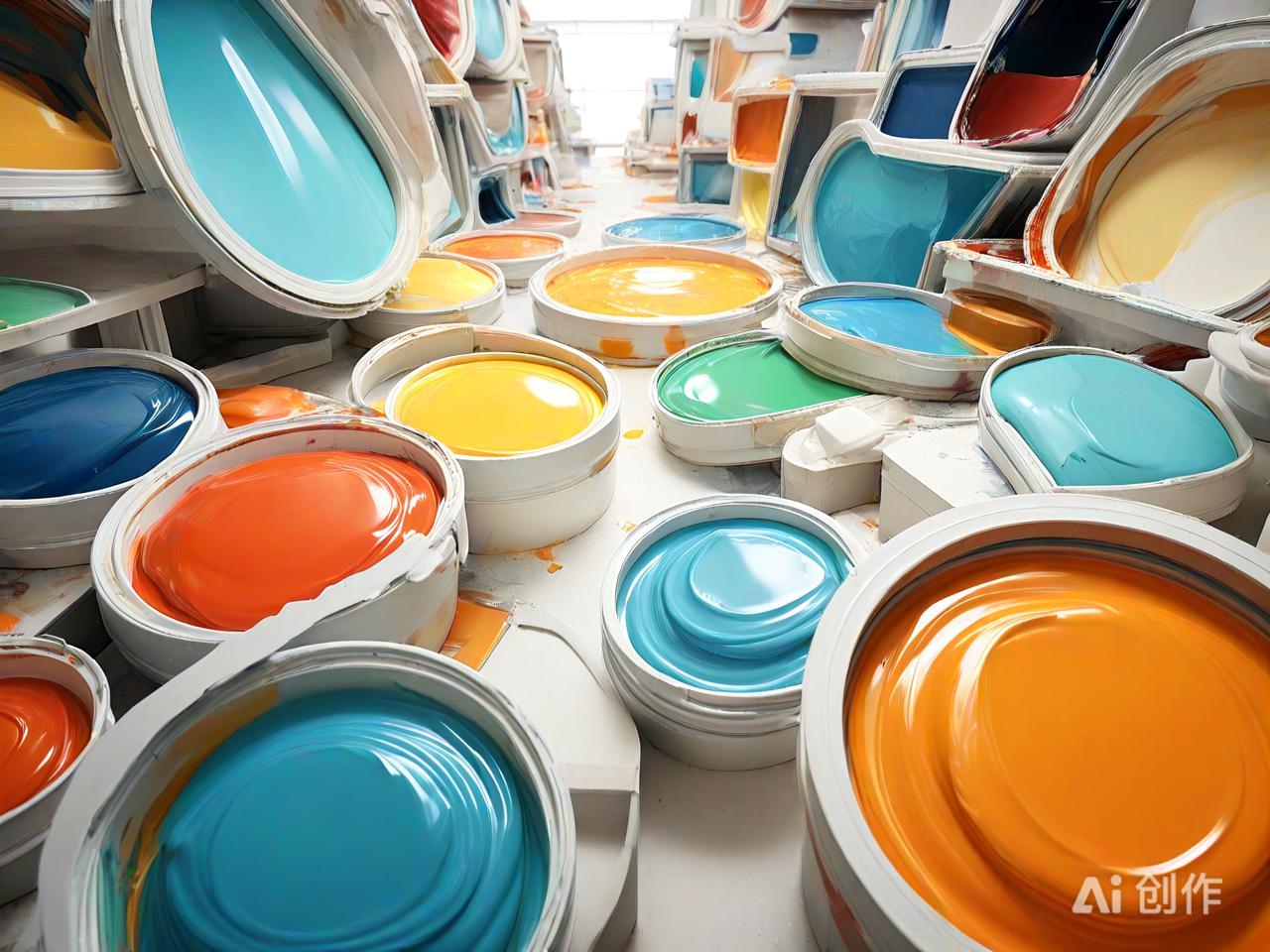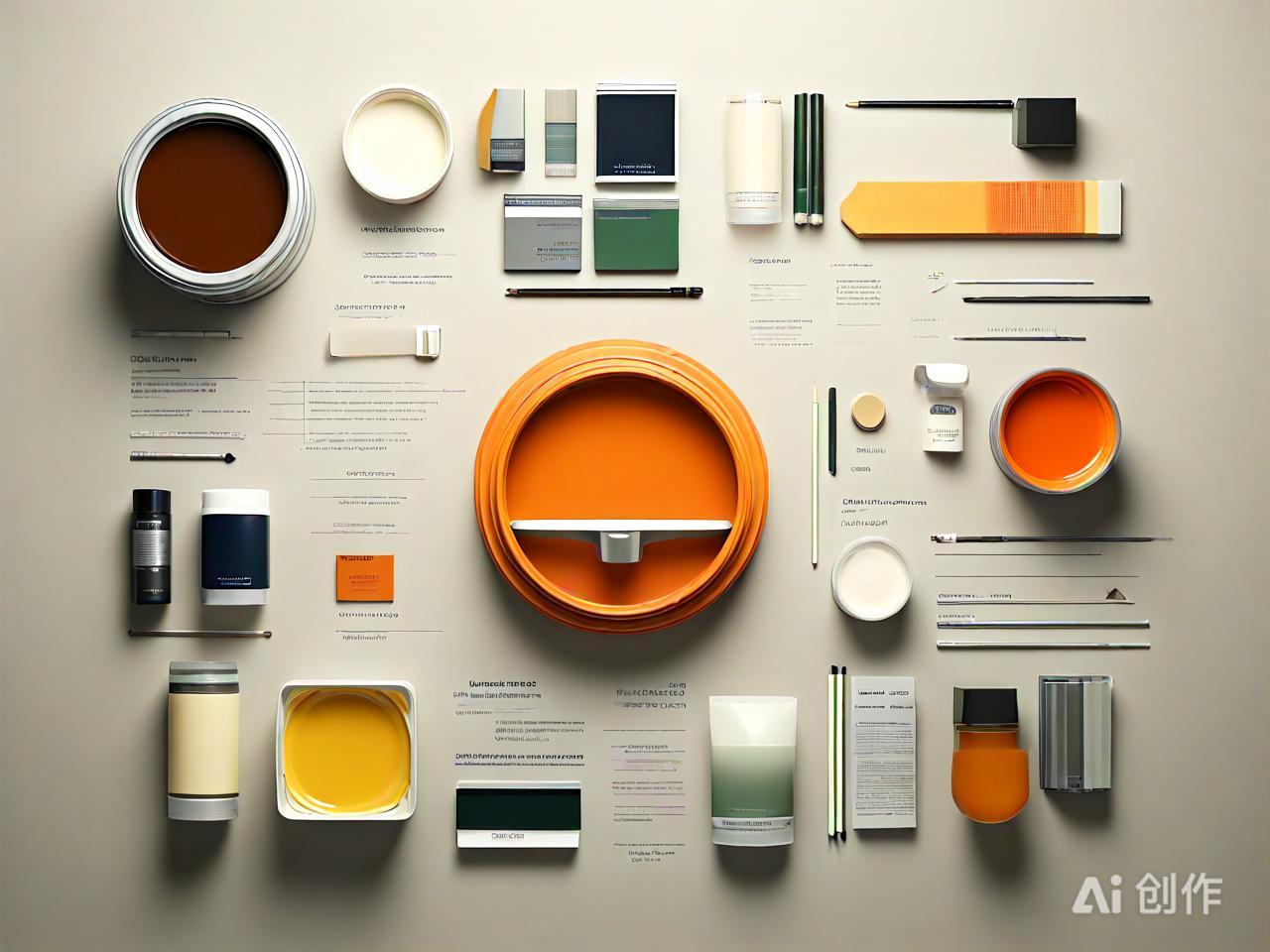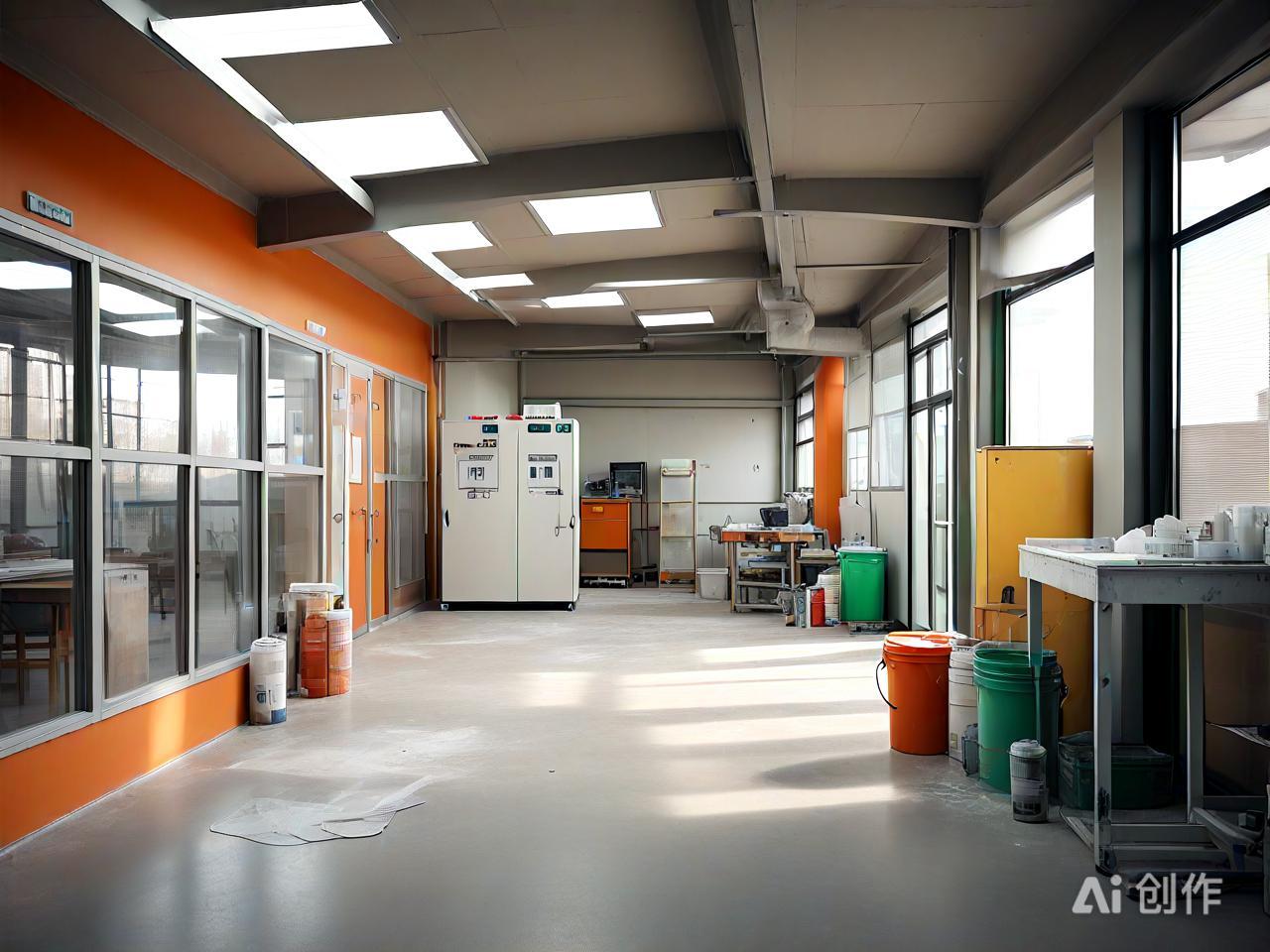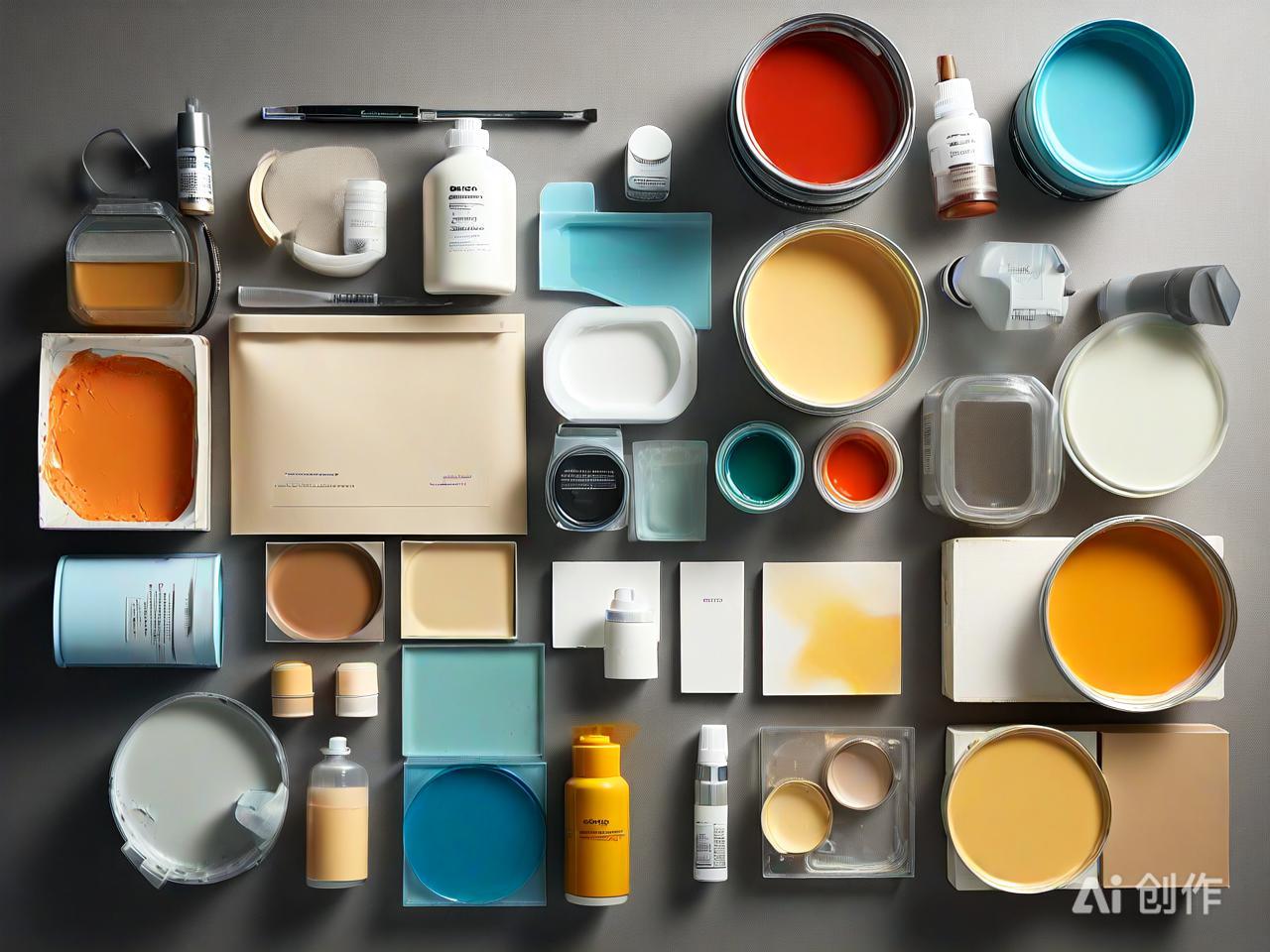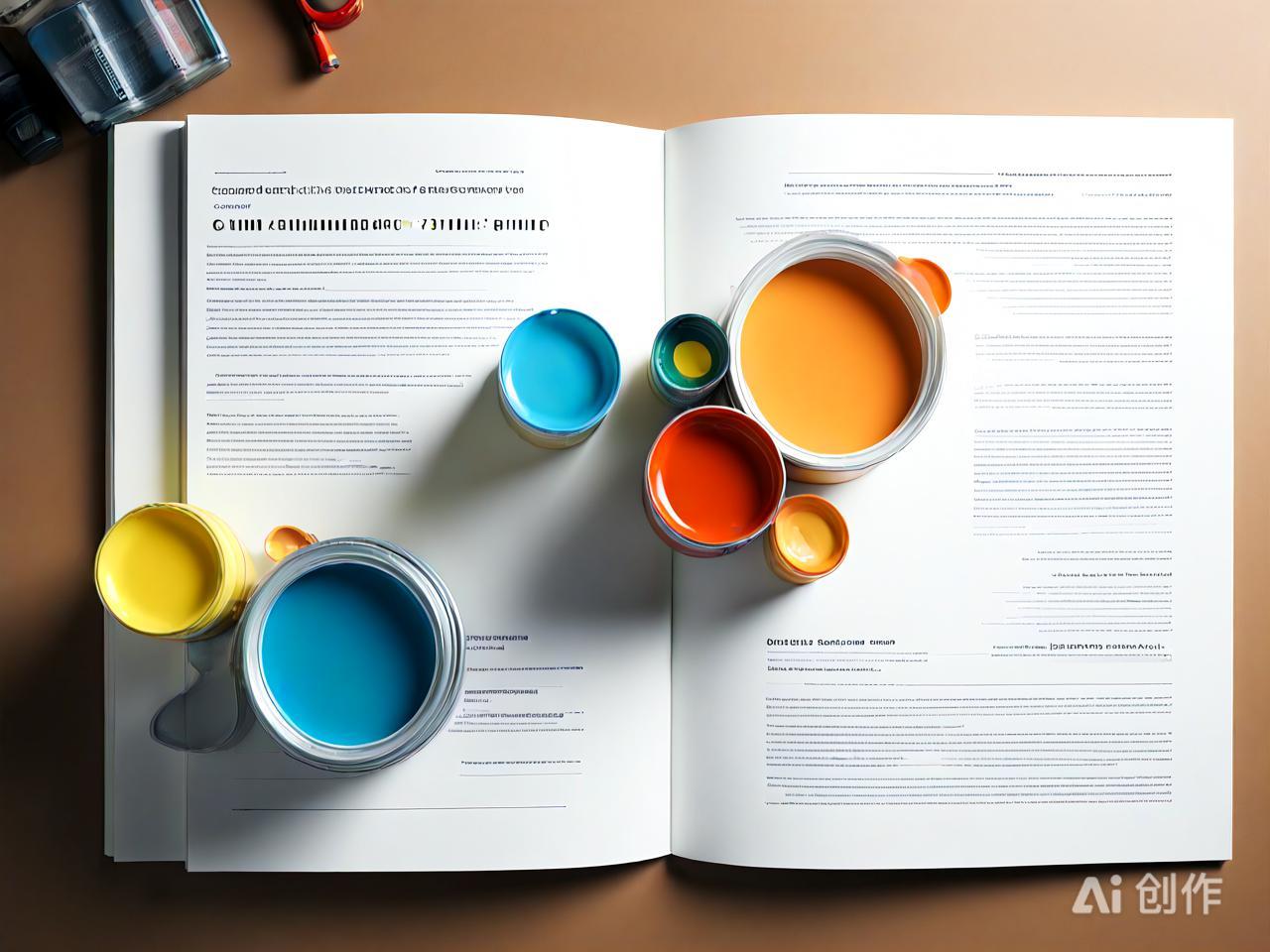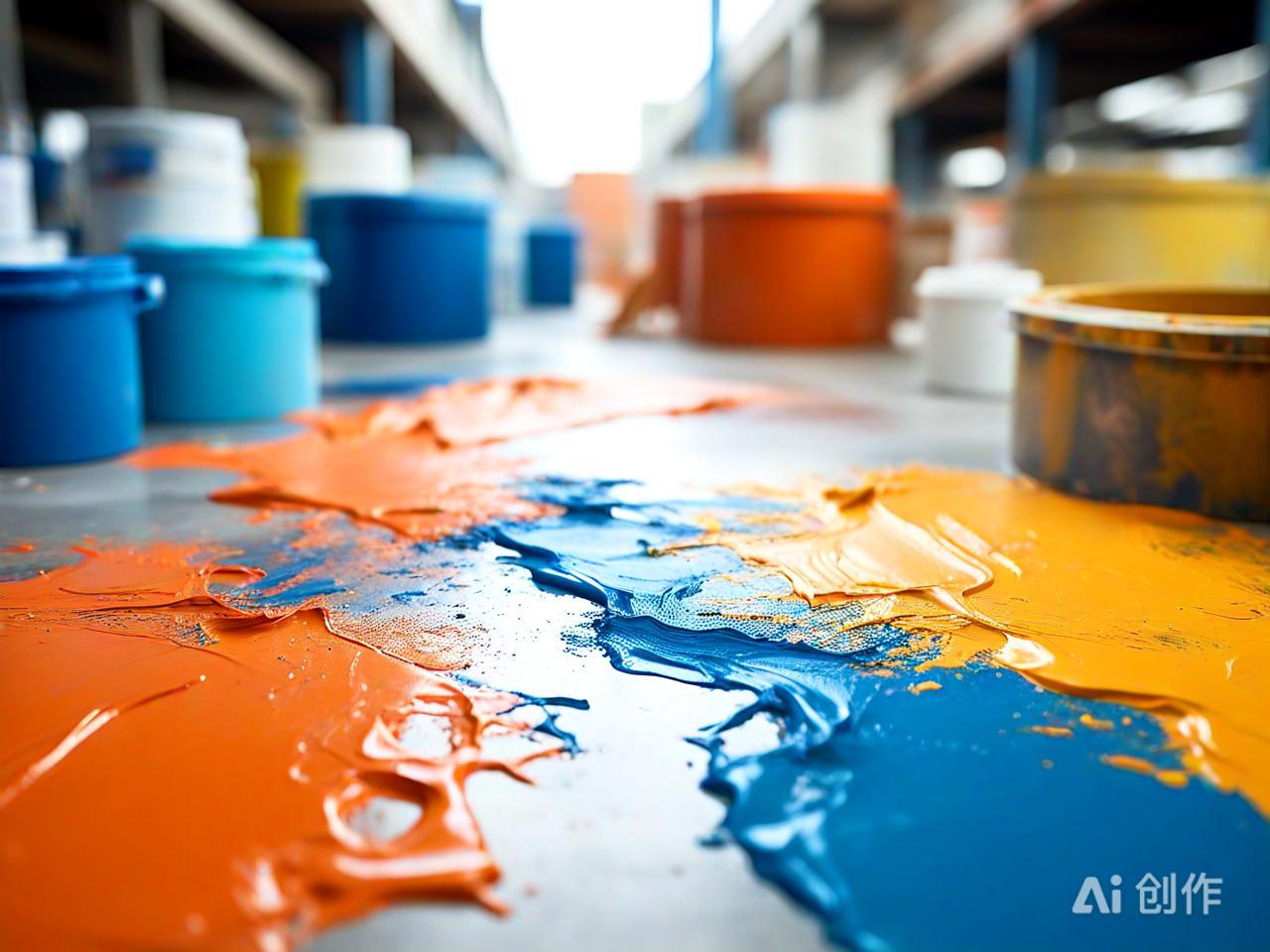Step-by-Step Guide to Applying Water-Based Polyurethane Waterproof Coatings
Water-based polyurethane waterproof coatings are a popular choice for their eco-friendliness, ease of application, and excellent performance. Proper application is crucial to ensure the coating’s effectiveness and longevity. This guide provides a detailed step-by-step method for applying water-based polyurethane waterproof coatings.
1. Surface Preparation
Proper surface preparation is essential for ensuring good adhesion and performance of the coating.
Cleaning: Thoroughly clean the surface to remove dirt, grease, oil, and any loose particles. Use a wire brush, scraper, or pressure washer as needed.
Repair: Fill any cracks, holes, or imperfections with a suitable filler or patching compound. Allow the repairs to cure completely.
Drying: Ensure the surface is completely dry before applying the coating. Moisture can affect adhesion and performance.
2. Priming
Applying a primer can enhance the adhesion and performance of the water-based polyurethane coating.
Choose the Right Primer: Select a primer that is compatible with water-based polyurethane coatings.
Application: Apply the primer evenly using a brush, roller, or spray equipment. Follow the manufacturer’s instructions for drying time.
3. Mixing the Coating
Proper mixing ensures a uniform and effective coating.
Stir Thoroughly: Stir the water-based polyurethane coating thoroughly before use to ensure an even consistency.
Avoid Over-Mixing: Avoid excessive mixing, which can introduce air bubbles into the coating.
4. Application Methods
Water-based polyurethane coatings can be applied using various methods, depending on the surface and project requirements.
Brush Application:
Tools: Use a high-quality synthetic brush.
Technique: Apply the coating in smooth, even strokes, working in one direction to avoid streaks.
Advantages: Ideal for small areas, edges, and detailed work.
Roller Application:
Tools: Use a roller with a medium nap for smooth surfaces or a high nap for textured surfaces.
Technique: Roll the coating evenly in a crisscross pattern to ensure complete coverage.
Advantages: Suitable for larger, flat areas.
Spray Application:
Equipment: Use an airless spray gun.
Technique: Hold the spray gun at a consistent distance (typically 12-18 inches) and move it in a steady, overlapping pattern.
Advantages: Efficient for large areas and complex shapes.
5. Applying the Coating
Follow these steps for effective application:
First Coat: Apply the first coat evenly, ensuring complete coverage. Follow the manufacturer’s recommended thickness.
Drying Time: Allow the first coat to dry completely before applying the next coat. Drying time can vary based on temperature and humidity.
Subsequent Coats: Apply additional coats as needed to achieve the required thickness and waterproofing performance. Ensure each coat is dry before applying the next.
6. Quality Control
Ensuring the quality of the application is critical for the effectiveness of the coating.
Thickness Measurement: Use a wet film thickness gauge to measure the coating thickness during application. Ensure it meets the specified requirements.
Inspection: Regularly inspect the coated surface for uniformity, adhesion, and any defects. Address any issues promptly.
7. Curing
Proper curing ensures the coating achieves its full performance potential.
Curing Time: Allow the coating to cure fully before exposing it to water or traffic. Curing time depends on temperature and humidity conditions.
Protection: Protect the coated surface from rain, dust, and foot traffic during the curing period.
8. Maintenance and Inspection
Regular maintenance and inspection are essential to maintain the effectiveness of the coating.
Regular Inspection: Periodically inspect the coated surfaces for signs of wear, damage, or water infiltration. Address any issues promptly to maintain the coating’s effectiveness.
Cleaning: Clean the coated surfaces regularly to remove dirt and debris that can affect the coating’s performance.
Recoating: Recoat the surfaces as needed, following the manufacturer’s recommendations. Regular recoating ensures continuous protection and extends the coating’s lifespan.
Conclusion
Applying water-based polyurethane waterproof coatings is a straightforward process that, when done correctly, provides excellent protection against water damage. By following proper surface preparation, application techniques, and maintenance practices, you can ensure the longevity and effectiveness of the coating. Choose water-based polyurethane for an eco-friendly, durable, and high-performing waterproofing solution.
